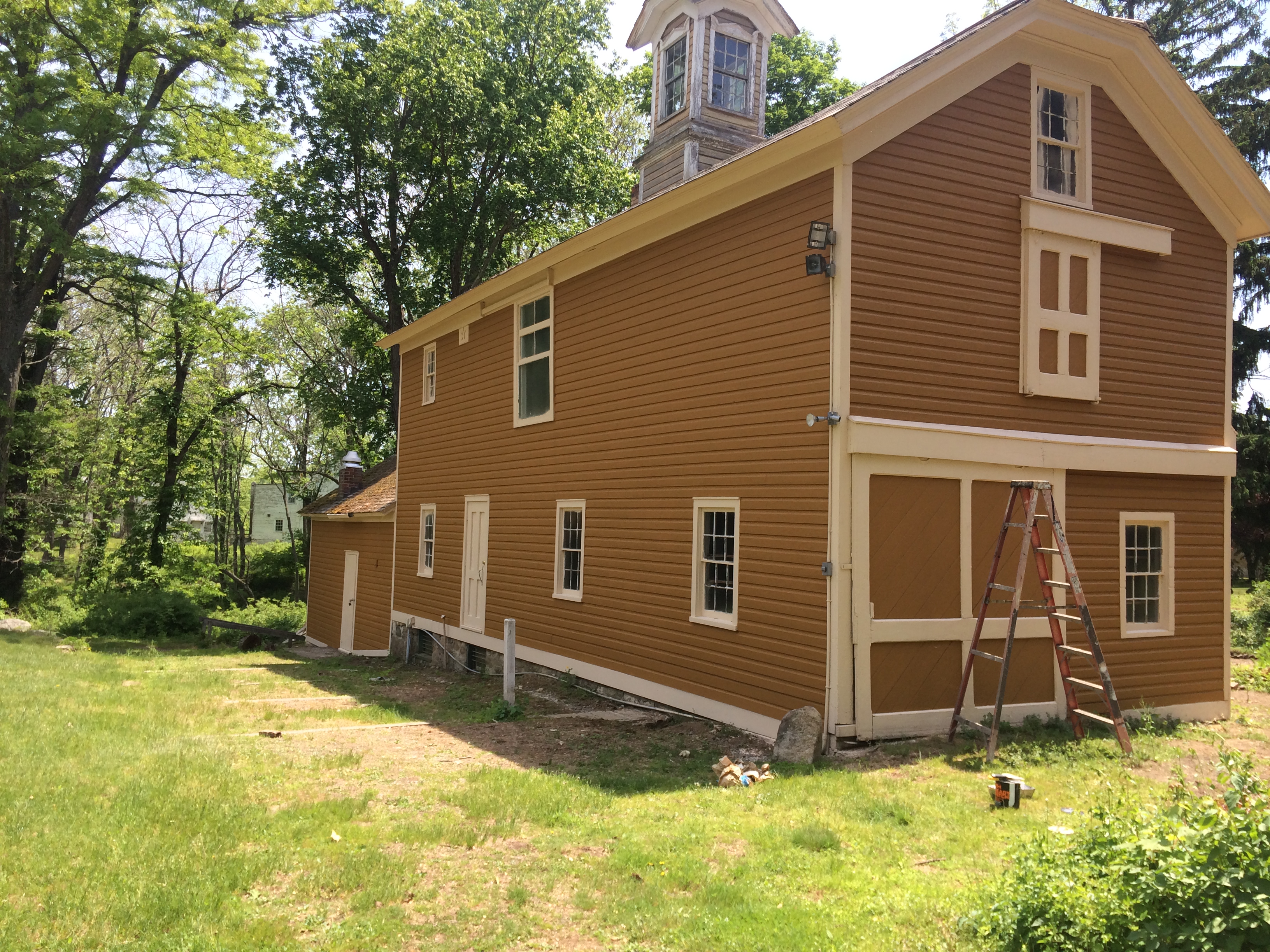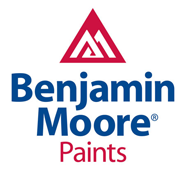Elevate Your Property’s Appeal and Value with the Right Professionals
As a property manager in New Jersey, you know that the appearance of your commercial buildings is a direct reflection of your management and the businesses within. A fresh, high-quality paint job does more than just impress; it protects the structure, enhances curb appeal, and can even increase property value. However, not all commercial painting companies are created equal. Choosing the right contractor is crucial for achieving a durable, professional finish that minimizes disruption and maximizes your investment. This guide will walk you through the essential factors to consider when selecting a commercial painting partner for your property in Tinton Falls and across New Jersey.
Key Criteria for Vetting Commercial Painting Contractors
1. Licensing and Insurance: The Non-Negotiables
The first step in vetting any contractor is to confirm they are properly licensed and insured. A valid license demonstrates that the company meets state requirements, while comprehensive insurance—including general liability and workers’ compensation—protects you from any liability in case of accidents or property damage. An uninsured contractor puts your property and your finances at significant risk. Don’t hesitate to ask for certificates of insurance. A professional company will provide this documentation without hesitation.
2. Proven Experience and Portfolio
Commercial painting is vastly different from residential work, often involving larger scopes, specialized coatings, and adherence to strict timelines. Look for a contractor with a long history and a strong portfolio of completed commercial projects similar to yours. Companies that have been in business for decades, like Spectra Painting serving New Jersey since 1989, bring a level of expertise that newer companies can’t match. Ask for references from past clients, particularly other property managers, to gain insight into their reliability and the quality of their work.
3. Range of Specialized Services
Your property may require more than a simple coat of paint. Does the contractor offer specialized services? For metal fixtures, fences, or lockers, electrostatic painting provides a factory-like finish with minimal overspray. For surface preparation on steel or concrete, industrial sandblasting is essential for proper paint adhesion. If you manage a designated landmark, you need painters with expertise in historic restoration painting. A contractor with a wide range of capabilities can serve as a one-stop-shop for all your property’s needs.
Did You Know?
The color of an office environment can significantly impact productivity and employee morale. Studies have shown that blues and greens can promote calmness and focus, while yellows can stimulate creativity. A professional commercial painter can help you choose a palette that aligns with your tenants’ brand and business goals.
The Commercial Painting Process: What to Expect
Understanding the process helps you align expectations and ensure the project runs smoothly. A reputable contractor will follow a structured approach to guarantee quality and efficiency.
Step 1: Thorough Consultation and Detailed Proposal
The project should begin with an on-site consultation to assess the scope of work. A professional contractor will provide a detailed, written proposal that outlines surface preparation, materials to be used, project timeline, and a clear pricing structure. vague estimates are a red flag.
Step 2: Meticulous Surface Preparation
Proper preparation is the foundation of a lasting paint job. This can include power washing, scraping, sanding, caulking cracks, and priming surfaces. For industrial settings, this might involve sandblasting to remove rust and old coatings. A contractor who rushes this step is cutting corners that will cost you in the long run.
Step 3: Professional Application and Quality Materials
Experienced painters use high-quality, durable paints suited for commercial use, which are designed to withstand more wear and tear than residential paints. They use proper application techniques to ensure a smooth, even finish. They should also take care to protect your property, including furniture, flooring, and landscaping.
Step 4: Clean-Up and Final Walk-Through
A professional crew cleans up the worksite daily and upon project completion. The final step should be a walk-through with the project manager to ensure every detail meets your satisfaction. This is your opportunity to point out any areas needing touch-ups. A company that offers a warranty on their work shows confidence in their craftsmanship.
The Local Advantage: Hiring a New Jersey-Based Contractor
Choosing a contractor based in New Jersey, particularly one with deep roots in areas like Tinton Falls, offers distinct advantages. A local company understands regional climate challenges and building materials. They have a vested interest in maintaining a strong local reputation and are accountable to the community they serve. Furthermore, their proximity ensures better communication and faster response times for consultations and project management. Supporting a long-standing local business like Spectra Painting means you’re partnering with a team that has proven its commitment to quality and service right here in New Jersey for over three decades.
Ready to Protect and Enhance Your Commercial Property?
Investing in a professional paint job is a smart decision for any property manager. With the right team, you can ensure a beautiful, long-lasting result that attracts tenants and reinforces your property’s value. Spectra Painting has been the trusted choice for commercial painting contractors across New Jersey since 1989.
Frequently Asked Questions (FAQ)
How long will a commercial painting project take?
The timeline for a commercial project depends on its size, the extent of surface preparation needed, and weather conditions for exterior work. A professional contractor will provide a detailed schedule in their proposal and work efficiently to minimize disruption, often offering flexible scheduling like after-hours or weekend work.
What kind of paint should be used for a commercial property?
Commercial-grade paints are recommended for their enhanced durability, scuff resistance, and washability. The specific type—such as epoxy, acrylic latex, or elastomeric coatings—depends on the surface (e.g., metal, concrete, drywall) and its exposure to traffic, moisture, or UV light. An experienced contractor will recommend the optimal products for longevity.
How can you minimize disruption to our tenants and business operations?
Experienced commercial painting companies prioritize minimizing disruption. This is achieved through careful planning, clear communication, protecting work areas, and offering flexible scheduling. Crews should be professional, maintain a clean site, and work in sections to keep common areas accessible whenever possible.
Do you offer a warranty on your work?
Reputable contractors should stand behind their work with a warranty. Be sure to ask what the warranty covers (e.g., labor, materials, specific types of paint failure) and for how long. A written warranty provides peace of mind and is a sign of a contractor’s commitment to quality.






